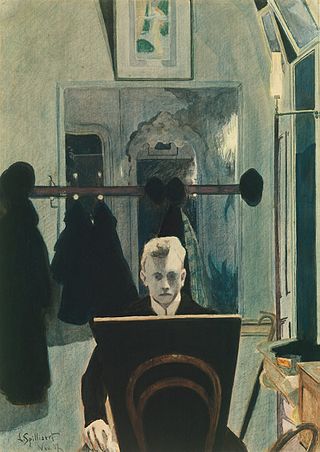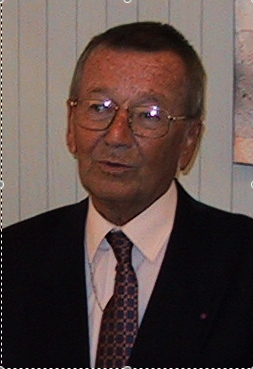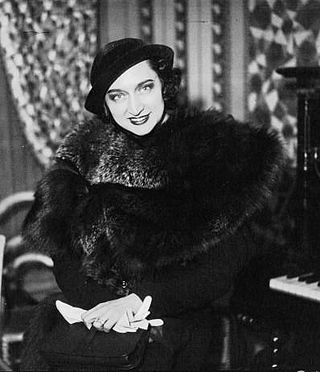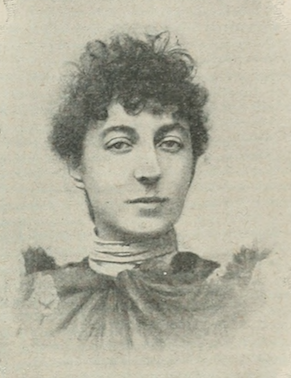
Gilles Vigneault is a Canadian poet, publisher, singer-songwriter, and Quebec nationalist and sovereigntist. Two of his songs are considered by many to be Quebec's unofficial anthems: "Mon pays" and "Gens du pays", and his line Mon pays ce n'est pas un pays, c'est l'hiver became a proverb in Quebec. Vigneault is a Grand Officer of the National Order of Quebec, Knight of the Legion of Honour, and Officer of the Ordre des Arts et des Lettres.

Charles-Louis-Eugène Koechlin, commonly known as Charles Koechlin, was a French composer, teacher and musicologist. Among his better known works is Les Heures persanes, a set of piano pieces based on the novel Vers Ispahan by Pierre Loti and The Seven Stars Symphony, a 7 movement symphony where each movement is themed around a different film star who were popular at the time of the piece's writing (1933).

Léon Spilliaert was a Belgian symbolist painter and graphic artist.

Les nuits d'été, Op. 7, is a song cycle by the French composer Hector Berlioz. It is a setting of six poems by Théophile Gautier. The cycle, completed in 1841, was originally for soloist and piano accompaniment. Berlioz orchestrated one of the songs in 1843, and did the same for the other five in 1856. The cycle was neglected for many years, but during the 20th century it became, and has remained, one of the composer's most popular works. The full orchestral version is more frequently performed in concert and on record than the piano original. The theme of the work is the progress of love, from youthful innocence to loss and finally renewal.

Trois mélodies is a set of mélodies for solo voice and piano, by Gabriel Fauré. It consists of "Après un rêve", one of Faure's most popular vocal pieces, "Hymne", and "Barcarolle". The songs were written between 1870 and 1877, and published in 1878. They were not, however, originally conceived together as a set of three; the opus number 7 was imposed on them retrospectively in the 1890s, almost 20 years after their first publications.

Jacques Danois, pseudonym of Jacques Maricq, was a reporter and writer who was director of information at Unicef.
René Lefèvre was a French actor and writer. Throughout his career, he worked with several notable directors, like Jean Renoir, Jean-Pierre Melville, Jules Dassin, and René Clair.
Mohamed Leftah was a Moroccan novelist and literary critic who wrote in French. He wrote ten novels and worked for Matin du Sahara and Temps du Maroc.
Alcools is a collection of poems by the French author Guillaume Apollinaire. His first major collection was published in 1913.
Le désert is an "ode-symphonie" in three parts by the French composer Félicien David with words by fellow Saint-Simonien Auguste Colin, written after the composer's stay in Egypt and the Holy Land.
L'Homme et son désir, Op. 48, is a ballet composed by Darius Milhaud from 1917–18, based on a scenario of Paul Claudel. It was written in Brazil, where Milhaud had accompanied Claudel as a secretary when the latter was appointed ambassador to Rio de Janeiro.

The Impressions d'enfance, Op. 28, is a suite for violin and piano written by George Enescu and completed on 10 April 1940. The score is dedicated to the memory of Eduard Caudella, the composer's first violin teacher.
The Prix du Quai des Orfèvres is an annual French literature award created in 1946 by Jacques Catineau. It goes to an unpublished manuscript for a French-language police novel. The selected novel is then published by a major French publishing house, since 1965 Fayard. The jury is led by the chief of the Prefecture of Police of Paris. The name of the award refers to the headquarters of the Paris police, located at 36, quai des Orfèvres.

Hiver 54, l'abbé Pierre is a 1989 French film, directed by Denis Amar, and starring Lambert Wilson and Claudia Cardinale. Supporting actor Robert Hirsch won a Best Supporting Actor award from the French Academy of Cinema for the film.

Les Feuilles d'Automne is a collection of poems written by Victor Hugo, and published in 1831. It contains a multitude of poems, six of which are especially known as Soleils Couchants.

Lys Gauty was a French cabaret singer and actress. Her most significant work came in the 1930s and 1940s as Gauty appeared in film, and recorded her best-known song, "Le Chaland qui passe", which is an interpretation of an Italian composition.

Alice Marie Marguerite Sauvrezis was a French composer, pianist, choral conductor and concert organiser. As an active member of a group of Breton composers in Paris and as president of the Société Artistique et Littéraire de l'Ouest she promoted Celticist music and culture in France.











